Curtiss BF2C Goshawk
A development of the F11C-2, the BF2C first came into being when the fourth production
F11C-2, BuNo. 9269, was modified with retractable landing gear and designated XF11C-3,
with the first flight taking place in May of 1933. A total of 27 production ships were ordered
under the designation F11C-3, but these were later redesignated as BF2C-1 (and the XF11C-3
changed to XBF2C-1) when the Navy introduced the bomber-fighter category in March of 1934.
The BF2C-1 served with VB-5 aboard USS Ranger, but the type's service life was quite short,
lasting about a year. There were problems with the wings, as explained by Curtiss engineer
Edwin C. Walton in 'The Curtiss Hawk Fighters' by page Shamburger and Joe Christy:
"Production Hawks up to the BF2C-1 had wood structure in the wings; spruce beams with plywood
web, spruce ribs, and doped Flightex fabric covering. But the BF2C-1 was produced with aluminum
alloy beams and ribs in the wings, and it just happened that the period of vibration of that sructure
coincided perfectly with the cruising rpms of the R-1820 engine (we didn't know too much about
dynamic testing then), with the result that the aircraft just about shook apart in cruising speed..."
The XF11C-3 upon her completion, May 10th, 1933. She was built with the wooden wing
used on earlier Hawks, but this would be replaced with the metal wing described above.
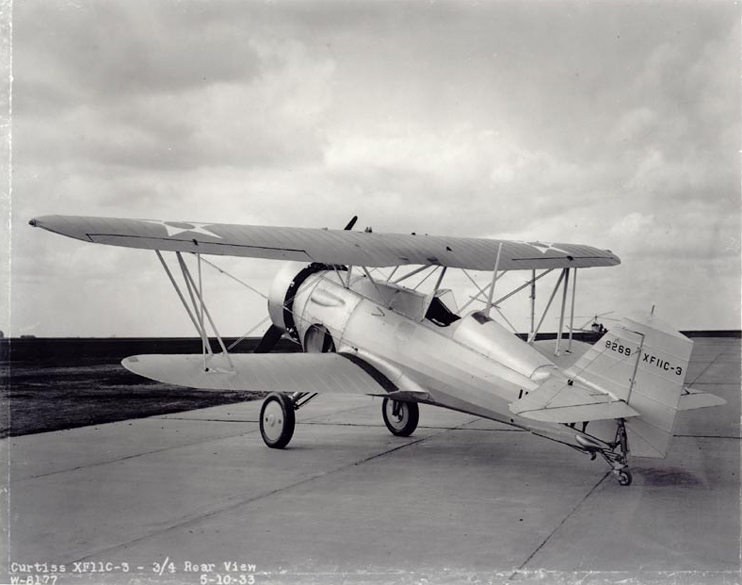
Holcomb's Aerodrome (airminded.net) -
Larger Image
A stunning photo, possibly taken during the XF11C-3's first flight in May of 1933.
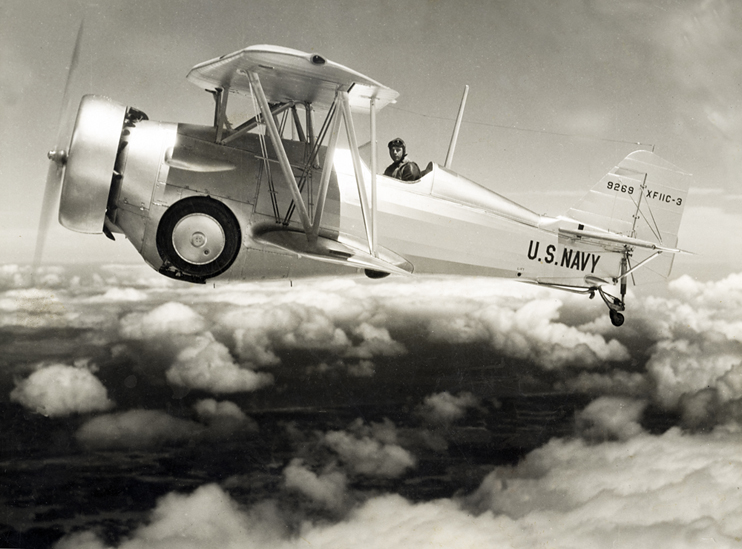
Marty S. Levens collection via Wikimedia Commons -
Larger Image
The XF11C-3 cavorting above the clouds...
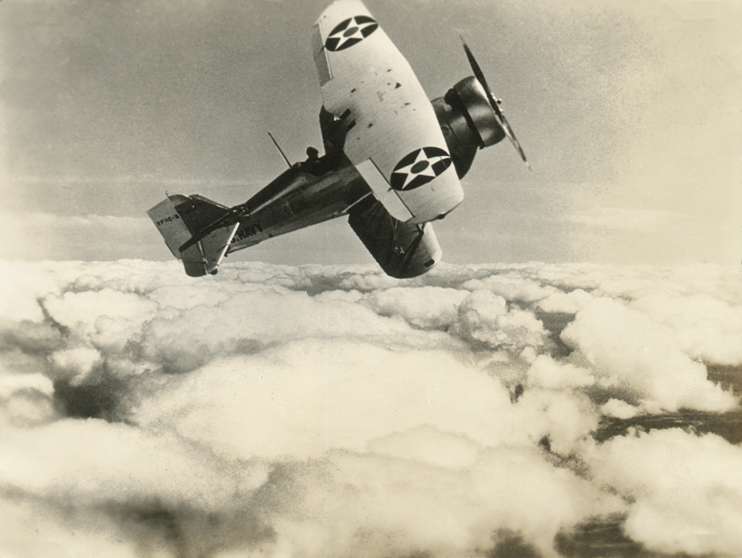
Project 914 Archives (S.Donacik collection) -
Larger Image
A closer look...

Project 914 Archives (S.Donacik collection) -
Larger Image
This photo was taken during another test flight later in 1933 or early 1934.
Note that the turtle deck has been raised and a partial sliding canopy installed.
This configuration would be incorporated into all production BF2C-1s, and
was also retrofitted to all earlier F11C-2/BFC-2 production aircraft.
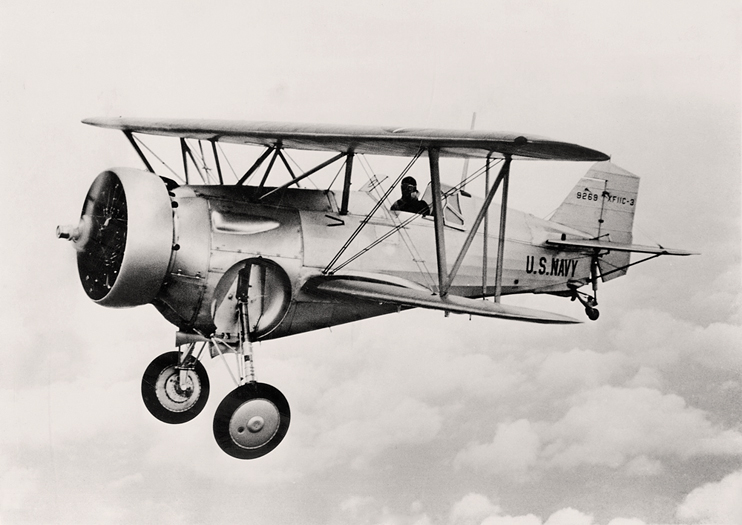
National Naval Aviation Museum -
Larger Image
And here's 9269 after the designation was changed to XBF2C-1 on March 21st, 1934.
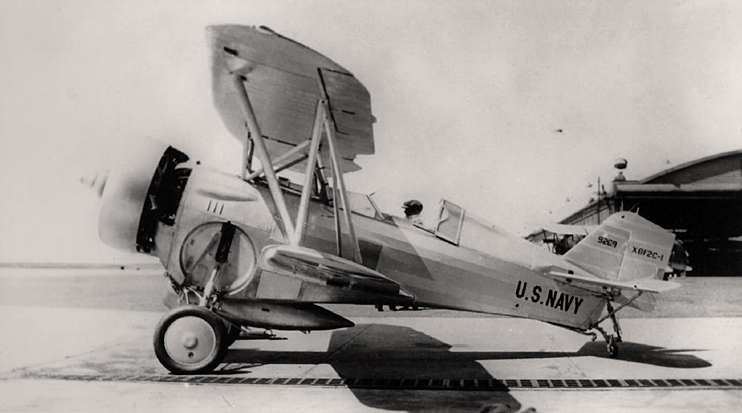
San Diego Air and Space Museum Archives -
Larger Image
The first production BF2C-1, BuNo. 9586, photographed on September 13th, 1934.
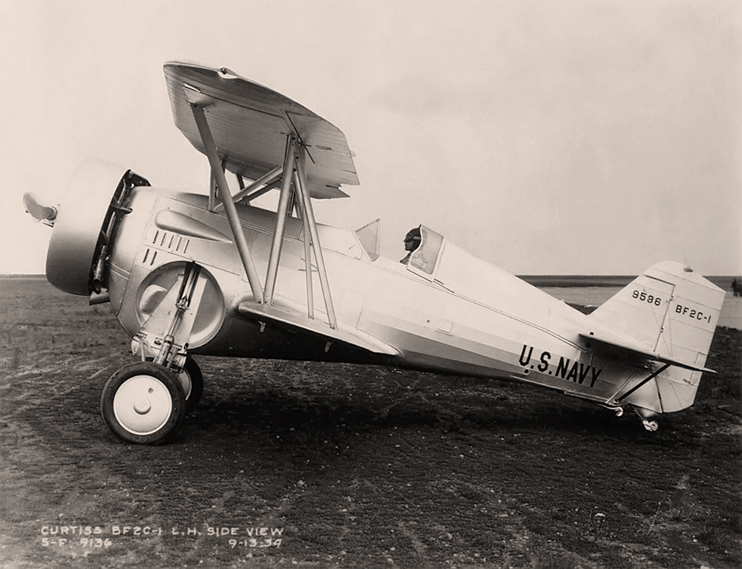
Project 914 Archives -
Larger Image
BuNo. 9586 during her first flight on the same day...
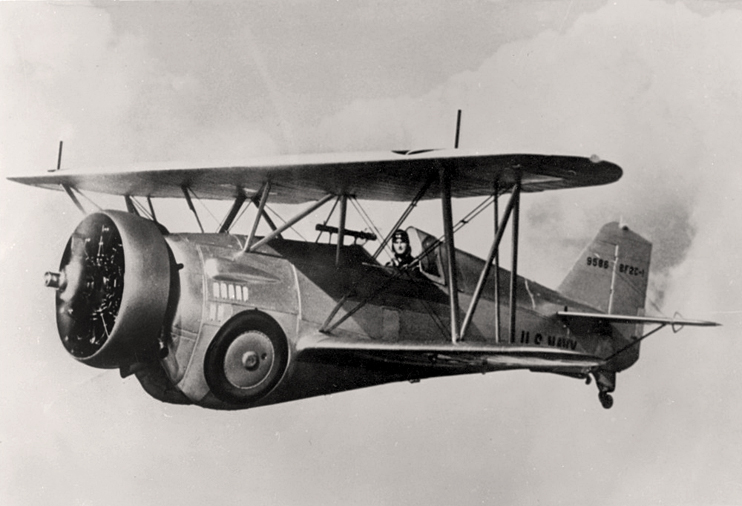
San Diego Air and Space Museum Archives (Ray Wagner Collection) -
Larger Image
The third production BF2C-1, BuNo. 9588, serving with VB-5B, 1934-35.
The tail was green, indicating assignment to the then-new aircraft carrier USS Ranger.
I believe this photo was taken at Floyd Bennett Field in New York.
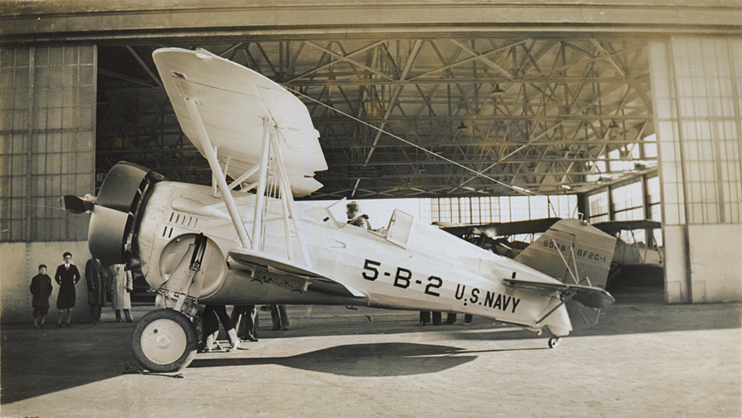
Project 914 Archives (S.Donacik collection) -
Larger Image
BF2C-1 BuNo. 9602 of VB-5B. This ship was destroyed in a forced-landing on October 29th, 1935.
The pilot got lost in bad weather and set her down in a field near Manassas, Virginia. It seems
that he got her down okay, but struck a tree and totaled the ship, which was written off next day.
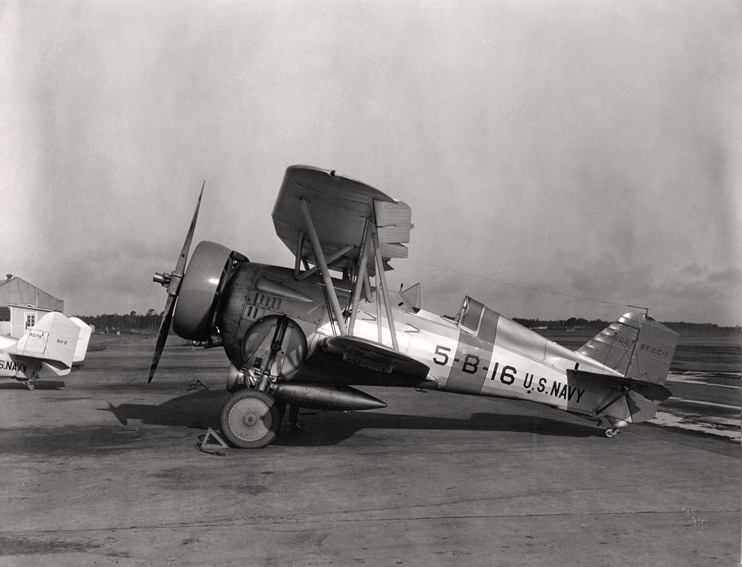
Original image from: OldAirplanePictures.com (defunct website) -
Larger Image
Curtiss exported the BF2C as the Hawk III to a few nations, including China.
See more Hawk IIIs flown by the Republic of China Air Force
HERE.
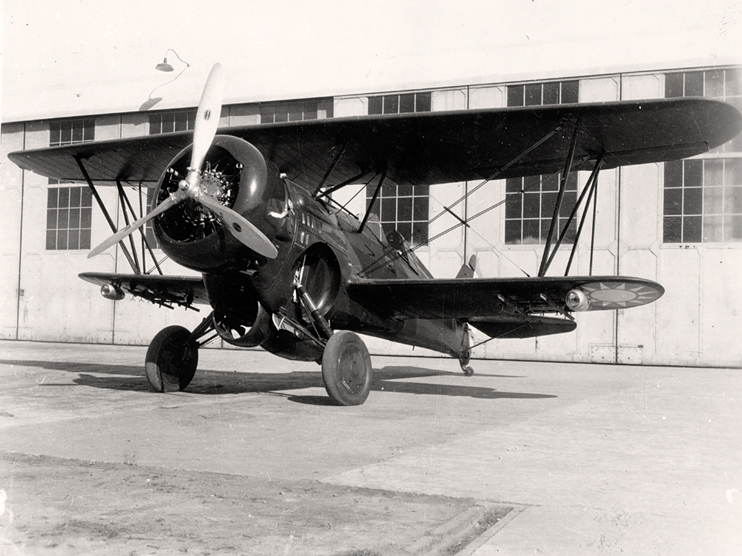
Albert Lee Wong via Mike & Tina Watchman -
Larger Image
Back to 'Other Curtiss Aircraft'









